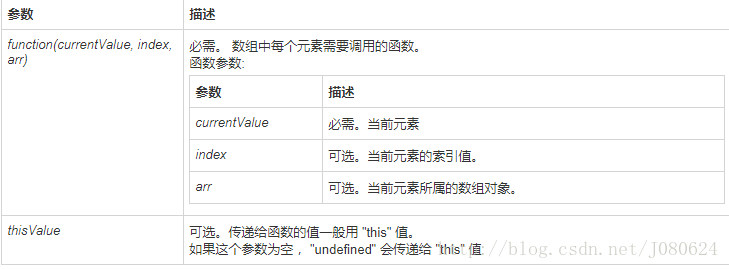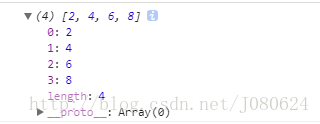JQuery数组遍历 - $.each(),$().each()和forEach()
【1】$().each(function(){})
对于这个方法,在dom处理上面用的较多。
如果页面有多个input标签类型为checkbox,对于这时用$().each来处理多个checkbook,例如:
$("input[name='ch']").each(function(index){
if($(this).attr("checked")==true){
//一些操作代码
}
}
回调函数是可以传递参数,index就为遍历的索引。
【2】$.each(parentData,function(index,childData){})
对于这个方法,在数组数据处理上面用的较多。
遍历JSON:
$.each([{"name":"limeng","email":"xfjylimeng"},{"name":"hehe","email":"fjylimeng"}],function(index,data)
{
alert("索引:"+index+","+"对应值为:"+data.name);
});
遍历MAP:
var obj = { one:1, two:2, three:3, four:4, five:5 };
$.each(obj, function(key, val) {
alert(obj[key]);
});
遍历list:
var arr1 = [ "one", "two", "three", "four", "five" ];
$.each(arr1, function(){
alert(this);
});
输出:one two three four five
遍历数组:
var arr2 = [[1, 2, 3], [4, 5, 6], [7, 8, 9]]
$.each(arr2, function(i, item){
alert(item[0]);
});
输出:1 4 7
遍历JSON并取数据进行操作
$.each(countyJson, function(index, data) {
if (data.parent == selValue) {
var option = "";
$("#selDistrict").append(option);
}
});
注意,此处的json为JS对象,若为字符串,使用JSON.parse()或jQuery 的 $.parseJSON 将其转换为JavaScript对象。
var json = '[{"id":"1","tagName":"apple"},{"id":"2","tagName":"orange"},
{"id":"3","tagName":"banana"},{"id":"4","tagName":"watermelon"},
{"id":"5","tagName":"pineapple"}]';
$.each(JSON.parse(json), function(idx, obj) {
alert(obj.tagName);
});
//or
$.each($.parseJSON(json), function(idx, obj) {
alert(obj.tagName);
});
【3】forEach()
forEach() 方法用于调用数组的每个元素,并将元素传递给回调函数。
注意: forEach() 对于空数组是不会执行回调函数的。
语法格式如下:
array.forEach(function(currentValue, index, arr), thisValue)
参数解析如下:
示例如下:
var arr=[1,2,3,4];
arr.forEach(function(val,index,arr){
arr[index]=2*val;
});
console.log(arr);//结果是修改了原数组,为每个数乘以2
结果如下:


